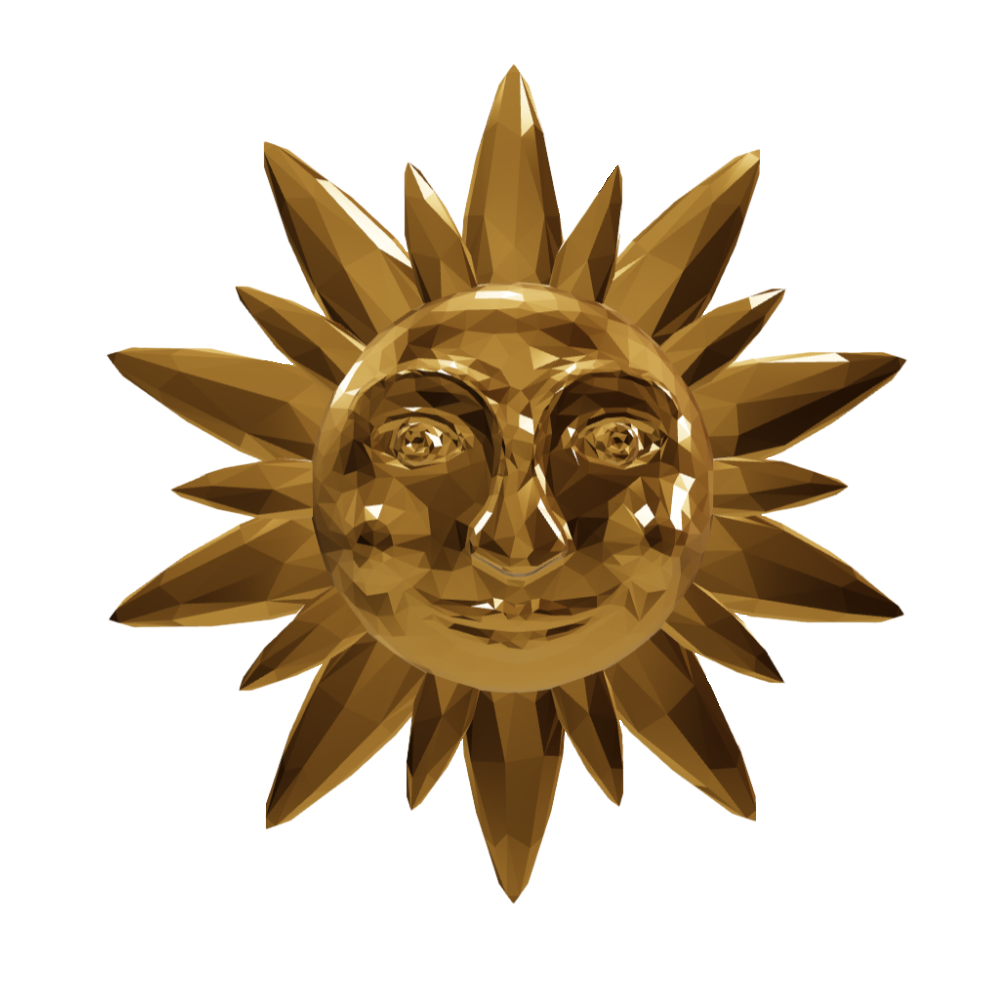The Mysterious Curse of Tutankhamun: How Egypt Captivated American Imagination
Introduction
The story of Tutankhamun, the ancient Egyptian pharaoh who ruled during the 14th century BC, has captivated the world for decades.
His tomb, discovered by British archaeologist Howard Carter in 1922, contained a treasure trove of artifacts and sparked a renewed
interest in ancient Egypt. However, it wasn’t just the historical significance and wealth of artifacts that intrigued people,
but also the tales of a mysterious curse that allegedly plagued those who disturbed Tutankhamun’s resting place.
The Discovery of Tutankhamun’s Tomb
In 1922, Howard Carter and his team made the remarkable discovery of Tutankhamun’s tomb in the Valley of the Kings, near Luxor
in Egypt. The tomb was remarkably intact, and its contents provided unprecedented insights into the life and death of the young
pharaoh. The discovery created a sensation worldwide, with newspapers and magazines publishing daily updates on the excavation,
fueling public fascination with ancient Egypt.
The Alleged Curse
Soon after the discovery, rumors began circulating about a curse that had befallen those who had entered the tomb. The first
victim was Lord Carnarvon, the financial backer of Carter’s expedition, who died unexpectedly shortly after the tomb’s opening.
This prompted sensationalized stories in the press, attributing his death to the curse. Subsequently, other members of the
archaeological team also experienced misfortunes, leading to further speculation about the curse’s authenticity.
The media Sensationalism
American imagination was captured by the media’s sensationalized accounts of the alleged curse. Newspapers published dramatic
headlines, and magazines featured articles speculating on the supernatural powers of ancient Egypt. This frenzy of interest led
to increased tourism to Egypt, as people sought to witness the wonders of the land that had supposedly cursed those who disturbed
Tutankhamun’s tomb.
Egyptomania in America
The discovery of Tutankhamun’s tomb and the subsequent curse rumors fueled a wave of Egyptomania in America. The public’s
fascination with ancient Egypt was reflected in various aspects of American culture, including art, fashion, and architecture.
Egyptian-inspired designs became popular, with jewelry and clothing featuring hieroglyphic motifs and scarab beetle symbols. The
influence of ancient Egypt was also seen in the architecture of buildings such as the New York Metropolitan Museum of Art and
the Chicago Field Museum.
FAQs about the Curse of Tutankhamun
Q: Is the Curse of Tutankhamun real?
A: The alleged curse is considered more of a myth than a reality. Many of the deaths and misfortunes attributed to the curse can
be explained by natural causes or coincidence.
Q: How many people died because of the curse?
A: There is no definitive answer to this question. While some deaths were reported among those involved in the excavation, it is
important to note that many individuals associated with the tomb’s discovery and exploration did not face any misfortunes.
Q: Did Howard Carter believe in the curse?
A: Although Carter initially acknowledged the curse rumors, he later dismissed them as superstitious nonsense. He firmly believed
that the deaths were coincidental and unrelated to any supernatural curse.
Q: What was the significance of Tutankhamun’s tomb discovery?
A: Tutankhamun’s tomb was significant because it provided an unprecedented look into the life and treasures of an ancient
Egyptian pharaoh. The artifacts found in the tomb allowed scholars to gain valuable insights into ancient Egyptian culture,
art, and burial practices.
Q: How did the alleged curse impact tourism in Egypt?
A: The curse rumors actually had a positive impact on tourism in Egypt. The sensational stories surrounding the curse
intensified public interest in ancient Egypt, leading to increased tourism to the country and a heightened fascination with its
history and culture.
Conclusion
The mysterious curse of Tutankhamun has left an indelible mark on American imagination. The tale of the pharaoh’s tomb and the
alleged curse captured the public’s fascination and sparked a wave of Egyptomania in America. While the curse itself may be
more myth than reality, its impact on popular culture, tourism, and the study of ancient Egypt cannot be denied. The legacy of
Tutankhamun and the enigma surrounding his tomb continue to intrigue and captivate people around the world.

